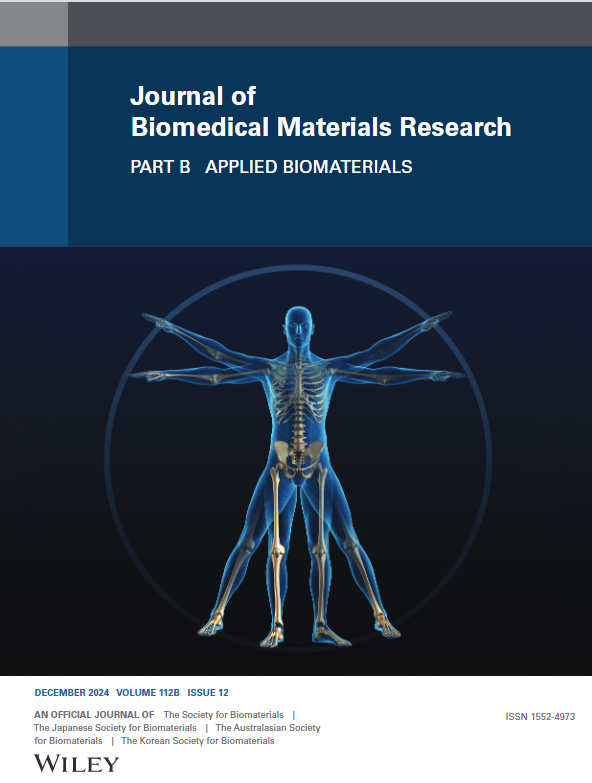Physicochemical Characterization of Hyaluronic Acid-Methylcellulose Semi-Gels for Mitochondria Transplantation
Abstract
Traumatic spinal cord injury (SCI) presents a significant medical challenge due to its intricate nature and treatment complexities. SCI can cause physical impairments by affecting neural and motor functions as well as initiating a series of pathophysiological events exacerbating the initial trauma. Leakage from ruptured neurons and vessels disrupt ionic balance and induces excitotoxicity, leading to progressive cellular degeneration. Introducing mitochondria to the SCI lesion has shown potential in attenuating secondary injury. Mitochondria transplantation improves cellular bioenergetics and reduces concentration of reactive oxygen species achieving homeostasis and neuroprotection. Nonetheless, keeping mitochondria viable outside cell environment for a time longer than a few minutes proves to be challenging. Additionally, localized delivery to the injury site has also been limited by other factors including flow rate of cerebrospinal fluid that washes away mobilized organelle from the compromised tissue site. Previously we showed that using hyaluronic acid-methylcellulose semi-gels (HAMC) as a biocompatible, erodible thermogelling delivery vehicle helped to overcome some of these challenges. HAMC allows for controlled release at and around the injury site, utilizing the reverse thermogelling property of MC. Sustained release of mitochondria at slower rate can increase their uptake in spinal tissue. To better optimize the semi-gel delivery of mitochondria requires a more complete understanding of the physicochemical properties of the HAMC semi-gels. We have used ultraviolet–visible spectroscopy to measure optical density of HAMC semi-gels for different HA to MC ratios and examine the temperature dependent gelation properties above their low critical solution temperature (LCST). The viscosity and degree of crystallinity of the resulting HAMC semi-gels were also assessed. Semi-gel erosion and mitochondrial release over time were studied using a fluorescence microplate reader. Lastly, seahorse assay was used to study released mitochondria respiration and viability after incubation in HAMC semi-gel.

 求助内容:
求助内容: 应助结果提醒方式:
应助结果提醒方式:


